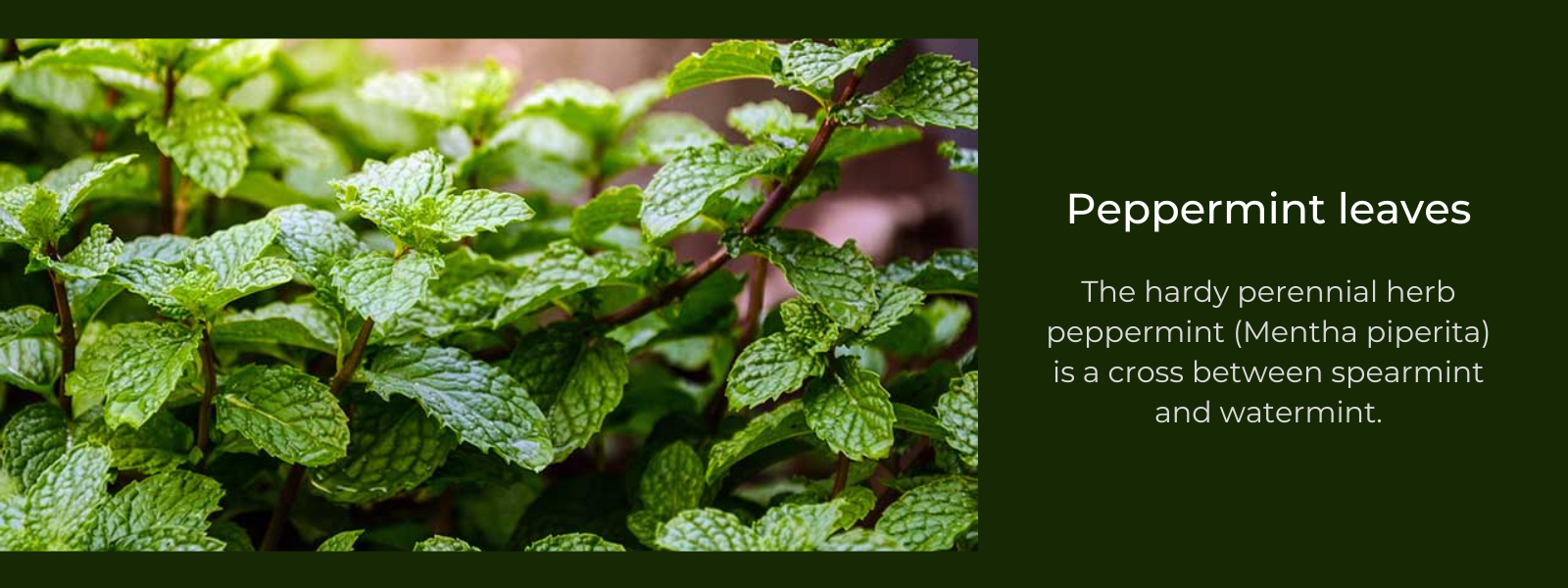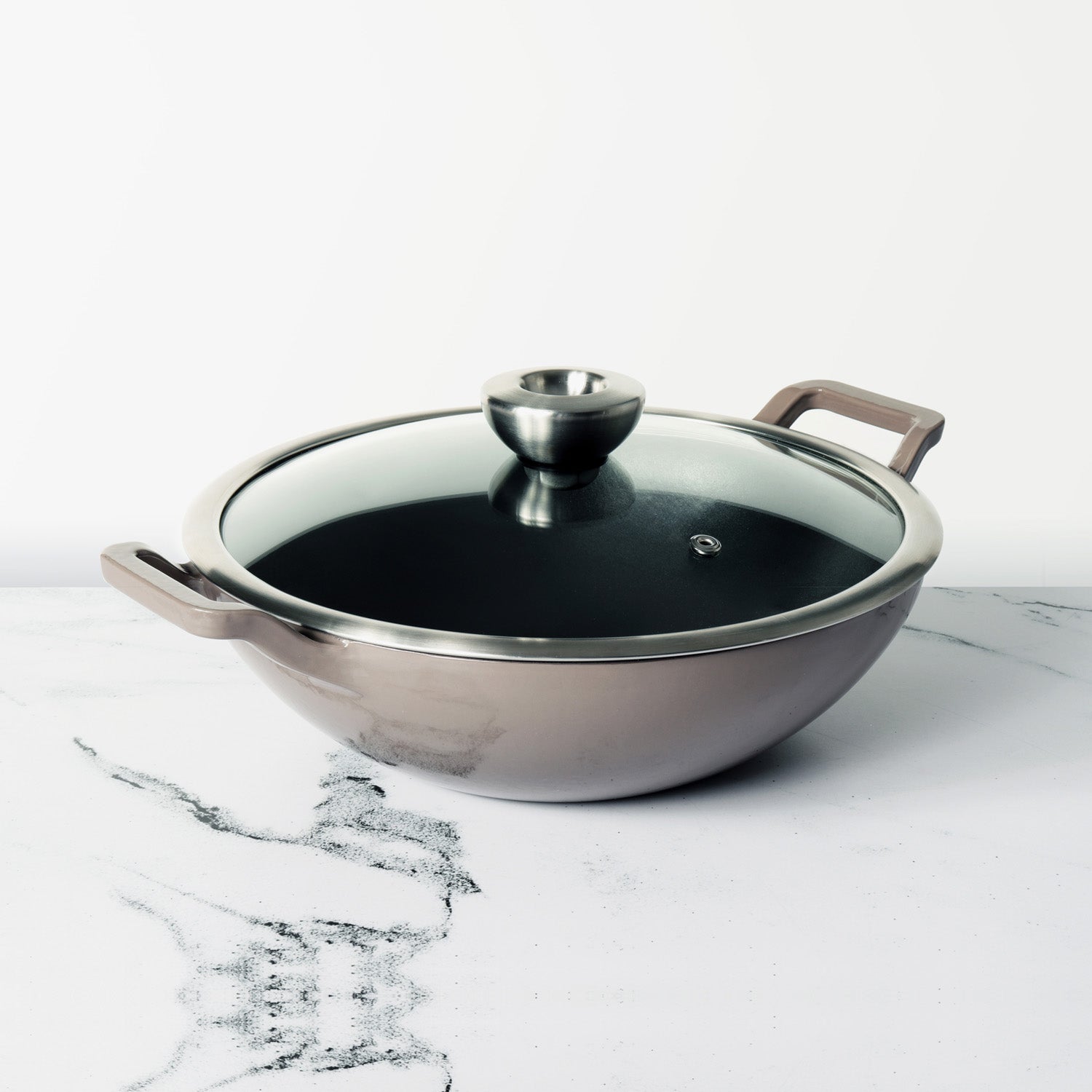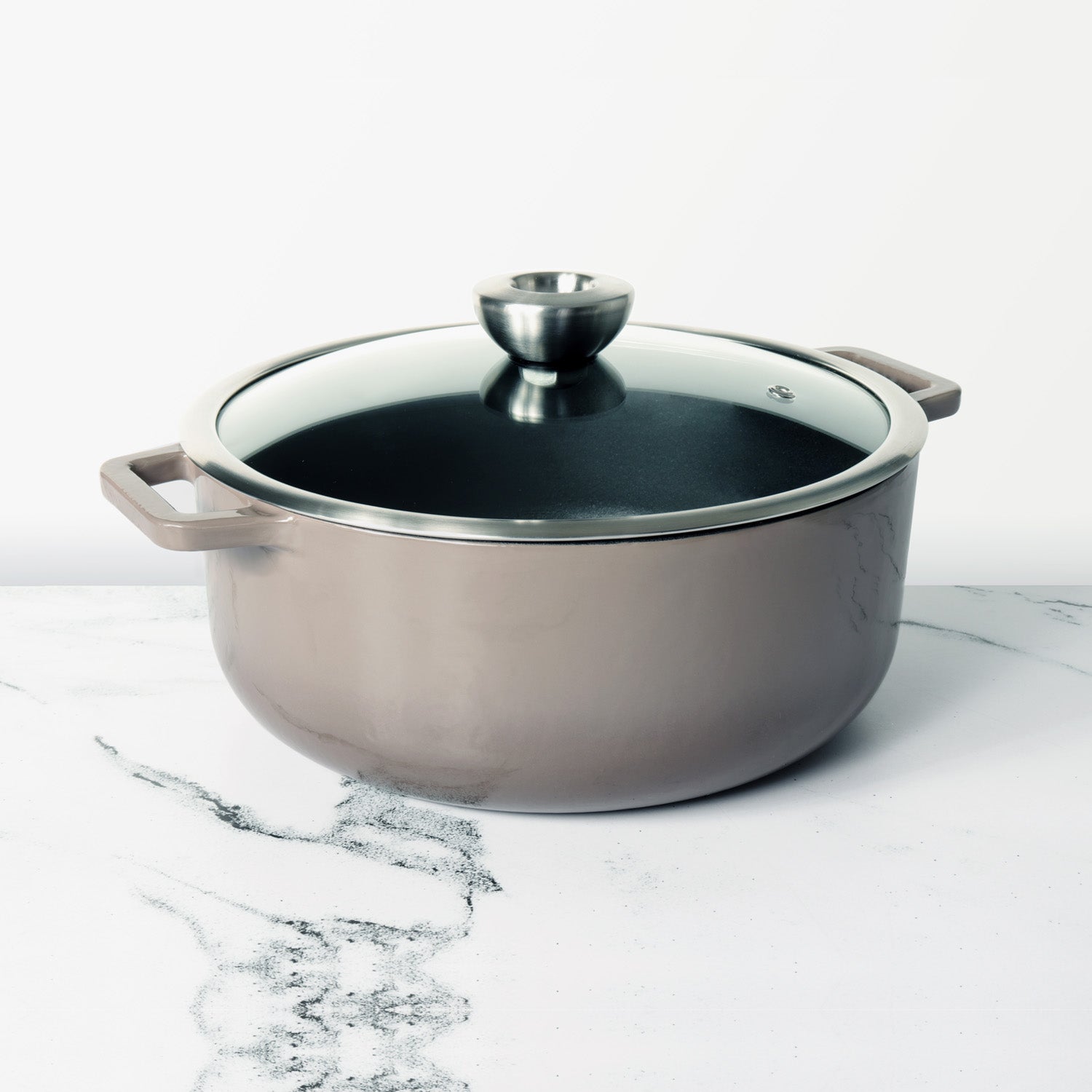Peppermint oil is renowned for its potential benefits in promoting gut health and overall well-being. Extracted from the leaves of the peppermint plant (Mentha × piperita), this essential oil contains compounds like menthol and menthone that contribute to its therapeutic properties.
Table of Contents
What Is Peppermint Oil?
Peppermint oil is an essential oil extracted from the leaves of the peppermint plant (Mentha × piperita), a hybrid of watermint and spearmint. It is well-known for its distinct aroma, cooling sensation, and various potential health benefits. The oil is obtained through steam distillation of the peppermint leaves, resulting in a concentrated liquid that contains the active compounds responsible for its therapeutic properties.
Key Features of Peppermint Oil:
- Menthol: This is the primary compound responsible for the cooling sensation associated with peppermint oil. Menthol also has soothing properties and is often used in products such as balms and ointments.
- Menthone: Another major component, menthone contributes to the characteristic minty flavor and aroma of peppermint oil.
- Methyl Salicylate: This compound has anti-inflammatory and pain-relieving properties, adding to the potential therapeutic effects of peppermint oil.
- Cineole (Eucalyptol): Known for its anti-inflammatory and respiratory benefits, cineole is found in varying amounts in peppermint oil.
Common Applications Of Peppermint Oil:
Peppermint oil has a long history of use for its medicinal and culinary purposes. Some common applications include:
- Aromatherapy: Inhaling the aroma of peppermint oil is believed to have a calming and uplifting effect on the mind and body. It is often used in diffusers or added to massage oils.
- Digestive Health: Peppermint oil is known for its potential to alleviate symptoms of indigestion, bloating, and gas. It may also help relax the muscles of the gastrointestinal tract.
- Topical Use: Diluted peppermint oil can be applied topically to the skin for its cooling sensation. It is often included in balms, creams, or massage oils.
- Oral Health: Peppermint oil is sometimes used in oral care products due to its refreshing flavor and potential antibacterial properties. It may contribute to a clean and fresh feeling in the mouth.
- Potential Pain Relief: The cooling and numbing effects of menthol in peppermint oil may provide relief from headaches, muscle aches, and joint pain.
- Respiratory Support: Inhalation of peppermint oil vapors may help clear the respiratory passages and provide relief from congestion.
How Does Peppermint Oil Support Gut Health?
Here's an exploration of how peppermint oil supports gut health through a holistic approach to wellness:
- Alleviation of Digestive Discomfort:
- Peppermint oil is known for its ability to help relax the muscles of the gastrointestinal tract. This muscle relaxation may ease symptoms of indigestion, bloating, and abdominal discomfort, providing relief from digestive discomfort.
- Reduction of Irritable Bowel Syndrome (IBS) Symptoms:
- Studies suggest that peppermint oil may be effective in alleviating symptoms of irritable bowel syndrome (IBS), including abdominal pain, bloating, and changes in bowel habits. Its antispasmodic properties help relax the muscles of the colon, providing relief for individuals with IBS.
- Antimicrobial Properties:
- Peppermint oil exhibits antimicrobial properties, which may help combat harmful bacteria in the gastrointestinal tract. This can contribute to a balanced gut microbiome and support overall digestive health.
- Calming Effects on Nausea:
- Inhaling the aroma of peppermint oil or consuming it in a diluted form may have calming effects on nausea. This makes it a potential natural remedy for individuals experiencing nausea or motion sickness.
- Potential Reduction of Gastrointestinal Inflammation:
- Peppermint oil may have anti-inflammatory effects that could contribute to reducing inflammation in the gastrointestinal tract. This may be particularly relevant for individuals with inflammatory bowel conditions.
- Relief from Gas and Bloating:
- Peppermint oil has been traditionally used to alleviate symptoms of gas and bloating. Its ability to relax the muscles in the digestive tract may help reduce excess gas and discomfort.
- Enhancement of Digestive Enzyme Activity:
- Peppermint oil may stimulate the production of digestive enzymes, facilitating the breakdown of food and aiding in nutrient absorption. Improved enzyme activity supports the overall efficiency of the digestive process.
How Is Peppermint Oil Extracted?
Peppermint oil is made through a process called steam distillation, which is a common method for extracting essential oils from plant materials. Here is an overview of the steps involved in making peppermint oil:
- Plant Harvesting:
- Peppermint (Mentha × piperita) is typically harvested when the plant is in full bloom, usually just before the flowers open. The leaves contain the highest concentration of essential oil during this stage.
- Distillation Chamber Setup:
- The peppermint leaves are transported to a distillation facility. The distillation apparatus typically consists of a distillation chamber, a condenser, and a collection vessel.
- Loading the Distillation Chamber:
- The harvested peppermint leaves are loaded into the distillation chamber. It's important to use fresh or slightly wilted leaves to ensure the highest oil content.
- Steam Introduction:
- Steam is then introduced into the distillation chamber. The steam helps to break down the glandular trichomes on the peppermint leaves, releasing the essential oil.
- Vaporization and Oil Extraction:
- As the steam passes through the plant material, it causes the oil glands in the peppermint leaves to burst. The volatile essential oil is vaporized by the steam.
- Condensation:
- The steam, now carrying the vaporized essential oil, is passed through a condenser. The condenser cools the steam, causing it to condense back into water.
- Oil Separation:
- The essential oil, being less dense than water, floats on the surface of the condensed water. It is then separated from the water, resulting in the collection of pure peppermint essential oil.
- Quality Testing:
- The extracted peppermint oil undergoes quality testing to ensure it meets certain standards. This may include tests for purity, potency, and the absence of contaminants.
- Storage:
- The final product, pure peppermint oil, is stored in dark, airtight containers to protect it from light and oxidation, which can degrade the oil's quality over time.
Ways To Use Peppermint Oil:
Peppermint oil can be used in various ways to potentially promote better gut health. However, it's important to use it cautiously and follow proper guidelines for dilution, as it is a highly concentrated essential oil. Here are some ways to use peppermint oil for digestive well-being:
- Peppermint Oil Capsules:
- Enteric-coated peppermint oil capsules are designed to release the oil in the lower gastrointestinal tract, where it may be more effective. These capsules are available in health food stores and can be taken as directed.
- Diluted Topical Application:
- Mix a few drops of peppermint oil with a carrier oil (such as coconut or jojoba oil) and apply the mixture to the abdominal area. Gently massage in a circular motion to promote muscle relaxation and ease digestive discomfort. Ensure proper dilution to avoid skin irritation.
- Peppermint Tea:
- Add a drop of high-quality, food-grade peppermint oil to a cup of warm water to create a soothing peppermint tea. Sip on this tea before or after meals to potentially support digestion. It's crucial to use high-quality oil suitable for internal consumption.
- Aromatherapy:
- Inhale the aroma of peppermint oil through aromatherapy. Add a few drops to a diffuser or inhale directly from the bottle. The calming scent may help reduce stress-related digestive issues.
- Peppermint Oil in Water:
- Add a drop or two of peppermint oil to a glass of water. Stir well and drink this mixture. Ensure that the oil is well-diluted in water to prevent irritation.
- Peppermint Oil in Smoothies:
- Incorporate a drop of peppermint oil into your favorite smoothie. Pairing it with ingredients like ginger and fruits may create a refreshing and digestive-friendly beverage.
- Homemade Peppermint Oil Balm:
- Mix a few drops of peppermint oil with a carrier oil (such as coconut or shea butter) to create a homemade balm. Apply a small amount to the abdomen and massage gently for a soothing effect.
- Peppermint Oil Inhalation:
- Inhale the vapor of peppermint oil by placing a drop on a tissue or inhaling directly from the bottle. This can be done as needed to address nausea or discomfort.
- Peppermint Oil and Honey Mix:
- Combine a drop of peppermint oil with a teaspoon of raw honey. Stir well and consume this mixture. Honey can help mask the strong flavor of the oil.
- Peppermint Oil and Ginger Infusion:
- Create a digestive infusion by combining a drop of peppermint oil with freshly grated ginger. Steep the mixture in hot water, strain, and drink as a soothing tea.











Leave a comment